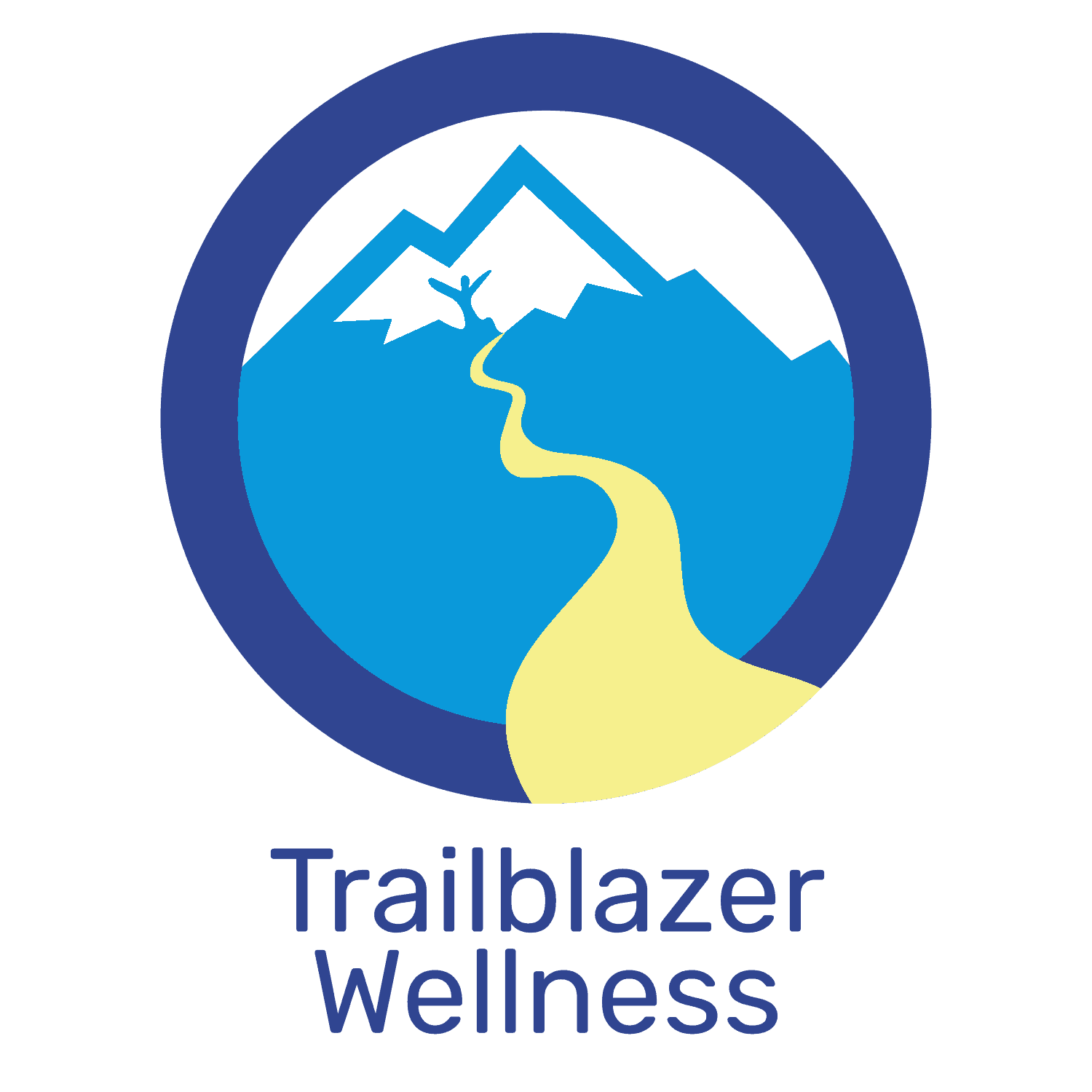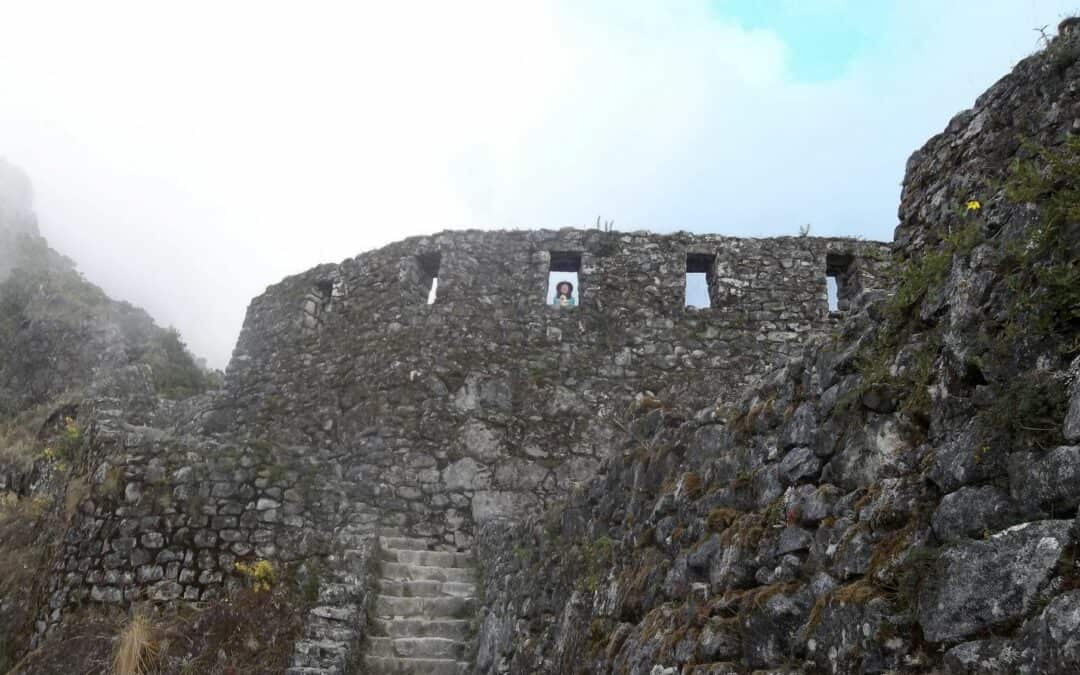It’s a classic bucket-list hike. The Inca Trail trek to Machu Picchu ranks high on many lists, and I know first-hand why. In 2013 my husband and I hiked the popular 4-day route and joined the throngs of humanity at the ancient ruins.
We had an amazing experience. In fact, it’s one of the experiences that inspired me to channel my personal training and coaching expertise on training people to get fit for the Inca Trail and other adventures!
Among the amazing things about the Inca Trail is it’s an achievable goal for most people, with some training. It doesn’t require expensive equipment or special skills. All you really need are decent hiking shoes or boots, a backpack, and clothes for various weather conditions. I also highly recommend trekking poles – more about that later.
That doesn’t mean it’s easy, though. It is physically challenging. I’ve seen some comments on Facebook groups and Google reviews from people who say they “didn’t train” for the Inca Trail. I wonder what they really mean when they say that? Maybe their “normal life” includes hiking 3-4 days in a row, with 2,000+ feet of elevation gain and loss, at high altitude? Or by “ not training” they mean they didn’t run laps around a track or spend hours in the gym?
My husband and I live in Colorado, and let me assure you, we had an Inca Trail training plan! At the time, our normal weekly activities included hiking 5-8 miles with about 1,000-2,000 feet of elevation change. Yet we knew that wasn’t enough for us to really enjoy the trek.
Since then, I’ve learned a LOT about creating effective training plans for multi-day hiking trips like hiking the Inca Trail.
And I created the Inca Trail/Salkantay Trek Training Package, which includes a 3-month training plan as well as video content and weekly emails to help you prepare for this adventure!
As a certified personal trainer and adventure coach, here are the key components I include in training plans for hiking the Inca Trail. My adventure coaching clients have come back from Peru with smiles and stories of enjoying it more than they had imagined!
Worried about making mistakes in your training? Get my free “Top 11 Training Mistakes + How to Avoid Them” quick reference guide!
Training Hikes – Elevated
Every Inca Trail training plan you find online includes variations of how far and how many days a week to hike. Of course, this pretty much goes without saying!
For my clients, I set up a customized plan based on their fitness level. I use their current walking or hiking volume, then add 10-20% more distance each week.
As their trip gets closer, the training program adds more hills and specific elevation gain and loss goals. The elevation changes are key because that’s what prepares your body and legs for the reality of the Andes Mountains!
For example, 4 weeks before my client leaves for Peru, I may recommend that she does a hike that’s 7-9 miles long with 2,000 feet of elevation change (up and down), plus 3 other walks or hikes that are 4-5 miles long with hills. For some clients who live in flat areas (Kansas, Florida, my childhood home in Michigan), that may mean finding the one nearby hill of 100 feet and doing laps!
Here’s a sample plan for hiking/walking for the first 4 weeks of training. This assumes the person normally walks 3 miles a couple of days a week, and goes for a 4-5 mile hike once per weekend:
Week 1: 3 walks for 3-4 miles, 1 hike for 4-6 miles
Week 2: 3 walks for 3-4 miles, 1 hike for 5-7 miles with 500 feet of elevation change
Week 3: 3 walks for 3-4 miles, 1 hike for 6-8 miles with 500 feet of elevation change
Week 4: 3 walks for 3-4 miles, 1 hike for 6-8 miles with 750-1,000 feet of elevation change
Because of the constant up-and-down of the Inca Trail, I strongly suggest using trekking poles for several reasons. And I also suggest using them on hikes for several weeks before the trip for those who are new users.
The other components to add as the trip gets closer is a fully loaded backpack and the hiking boots you’ll be wearing on the trip. At about 8 weeks before the trip, I advise clients to start adding a bit more weight to their basic daypack. By 4 weeks out, it should include everything they’ll be carrying on the trip.
Preparing for the Famous Inca Trail Stairs!
One of the most memorable parts of the Inca Trail for me was definitely the “original Stairmaster” in the Andes! Wowza, those people liked their stone stairs!
After I got over marveling about the amount of labor it must have taken to build mile after mile of stone stairs, I was very glad I had done some stair climbing in my office building. (I was still in my corporate job back then.)
I advise my clients to find at least one set of stairs, and become friends with it. Dial up some podcasts, audio books, music, whatever will keep you going up and DOWN the stairs. I also recommend that clients walk up and down the steps sideways – facing the railing. This works the hip flexors a bit differently, and strengthens them.
Sometimes clients ask if using a Stairmaster at the gym is okay. Occasionally, yes it’s fine. But I urge them to use real stairs at least 1-2 times per week to build up their capacity for the downhill.
Here’s a sample of the stair plan:
Week 1: 2 sessions of stairs, 5 minutes up and down, 2 minutes sideways up and down per side
Week 2: 2 sessions of stairs, 7 minutes up and down, 3 minutes sideways up and down per side
Week 3: 2 sessions of stairs, 10 minutes up and down, 5 minutes sideways up and down per side
Week 4: 2 sessions of stairs, 12 minutes up and down, 6 minutes sideways up and down per side
If my client lives in the flatlands, I’ll suggest doing 1-2 more sets of stairs per week.
As the trip gets closer, I recommend wearing a full backpack for stair sessions.
Including Strength, Balance and Mobility in Training
For years I was a cardio queen who rarely lifted weights or did much stretching. I’d rather be outside, exploring in the fresh air. I thought lifting dumb bells was for dummies – those guys who wanted to spend hours to have 6-pack abs and big biceps.
When I studied for my personal training certification, I learned so much about the value of strength training. Especially how it could help me do all the things I love better and longer.
Now I know that strength training can actually improve muscle endurance, and reduce the risk of injury. This is especially important on a multi-day hike, where if you get too tired or injured you get carried out on a mule! Um, yeah, I’ll spend some time lifting dumb bells to avoid THAT!
Check out How to Train for a Multi-day Hike for my suggestions on building overall strength, a simple balance challenge, and mobility tips.
Training for High Altitude on the Inca Trail
The Classic Inca Trail tops out at 13,828 feet (4,215 meters) above sea level. The increasingly popular Salkantay Trek route reaches a breathtaking 15,190 feet (4,630 meters) altitude. Machu Picchu is at 7,972 feet (2,430 meters) above sea level, so even just walking around the ruins can be taxing.
I’m often asked how to prepare for high altitude and avoid altitude sickness – especially from people who live at or near sea level.
I had a great conversation about this topic with my friend Kit Parks on her Active Travel Adventures podcast. And I explain some of it in my “Training for High Altitude – Myths and Facts” post.
From a training perspective, I recommend preparing your lungs and heart by increasing your heart rate through cardio exercises. This may include occasional high intensity intervals, though check with your doctor before adding these to your workouts.
Some people recommend certain types of breathwork to prepare for the lower concentration of oxygen in the air. I don’t have direct experience with that, though.
What I do recommend, based on lots of scientific evidence, is arriving at a higher altitude location several days before your trek. This allows your body to acclimate. Technically this isn’t training, but it is important.
Cusco (the arrival point for most people who are hiking the Inca Trail) is at 11,152 feet (3399 meters). This is higher than the starting point for the Inca Trail. In fact, it’s higher than any town in the continental US!
Strolling around Cusco, checking out the historical sites and Peruvian crafts, is one of the best ways to acclimate for the trek. Drink plenty of water and tea – but avoid the Pisco Sours until the end of the trip, as alcohol can have a negative impact on red blood cell production. You want all the red blood cells you can get at high altitude!
When to Start Training for the Inca Trail
This is another question I often get when travel talk turns to Machu Picchu: when should you start training?
The short answer is, it depends. The main factors are
- how much physical activity you’re currently doing
- how your itinerary is set up (number of days and mileage + elevation change per day)
- how much time you have to train
For the Inca Trail, someone who is not very active may benefit from 6+ months of training. Someone who is hiking regularly may get by with focusing on the activities in this post for 3 months.
If you’ve had an injury, such as a torn ACL or severe ankle sprain, you may want to allow for an even longer lead time. Definitely check in with your doctor, and even your physical therapist, to figure out what’s realistic.
Hiking the Inca Trail is an incredible experience. If you’re going to invest the time and money in flying to Peru and going on this epic trek, why not invest in getting yourself ready to really enjoy it?
To learn more about getting a customized training plan and ongoing coaching support for the Inca Trail, set up a 30-minute free consultation call.

